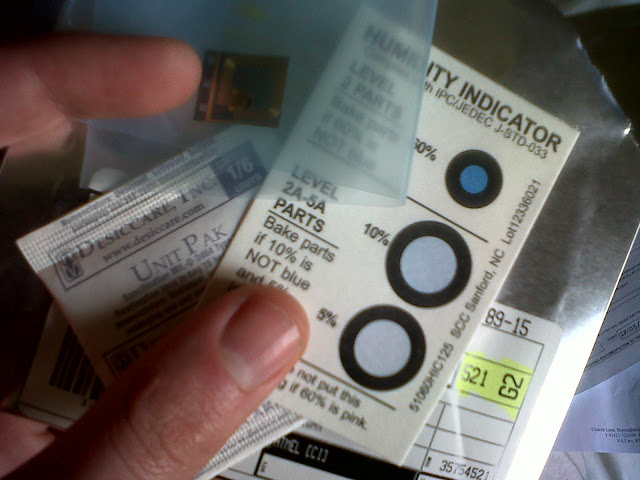Earlier, I tried to build the “NFC-CryptoRF” example code from the LibNFC Wiki, without success against LibNFC 1.7.0-rc4-9-g3584338, under Ubuntu 12.10.
Unsurprisingly, thanks to the LibNFC developers constantly changing their public APIs (for good reasons, I’m sure), said example code has succumbed to bit-rot, and only builds against obsolete versions of LibNFC.
Therefore, it seems that the only immediately obvious way for this code to be useful is to either downgrade the installed library version, or attempt to fix the hacky code to compensate for changes.
Luckily, after temporarily uninstalling my trunk version; downloading, and installing a LibNFC 1.3.4 source archive, applying the patch from a member of the LibNFC Forums to the example code, and attempting to rebuild everything, it seems that the example code works as it should.
After reinstating my modern LibNFC version; configuring 1.3.4’s build process to install to a temporary directory, copying the resulting ancient shared object file to “libnfc.so.0” in the example code directory, and creating a wrapper shell (“crf134“) script based upon the arguments passing technique mentioned here, it seems that I can now enjoy being able to use this tool, alongside more modern, “global” versions of LibNFC…
Anyway, to save others the hassle, I’ve uploaded the resulting product to Google Code.
As proof of peaceful co-existence with a more modern version of LibNFC:
This file contains bidirectional Unicode text that may be interpreted or compiled differently than what appears below. To review, open the file in an editor that reveals hidden Unicode characters.
Learn more about bidirectional Unicode characters
| tyson@tyson-HP-Compaq-2510p-Notebook-PC:~/CM$ ./crf134 0 0 0 0 | |
| CryptoRF example – (c) Radboud University Nijmegen | |
| Connected to NFC device: ACS ACR122U 00 00 / ACR122U103 – PN532 v1.6 (0x07) | |
| The following (NFC) ISO14443-B tag was found: | |
| ATQB: 50 ff ff ff ff ff ff ff 33 00 10 51 | |
| ID: 01 3d 84 04 | |
| CID: 00 | |
| PARAMS: 08 00 04 d4 | |
| Changing active userzone | |
| R: 11 00 | |
| T: 11 00 00 | |
| Reading first Ci(0) from the system zone (offset = 0x50) | |
| R: 16 00 50 07 | |
| T: 16 00 88 ff ff ff ff ff ff ff 00 | |
| * Computing authentication values with card secret | |
| Authenticate using Gc, Ci and random Q | |
| R: 18 00 c9 73 ee ed 1d 5e cc e0 bd d9 9e 4e f3 91 a9 09 | |
| T: 18 41 a9 | |
| Reading new Ci value from the system zone (tag-answer) | |
| R: 16 00 50 07 | |
| T: 16 00 00 ff ff ff ff ff ff ff 00 | |
| ERROR: Authentication failed | |
| tyson@tyson-HP-Compaq-2510p-Notebook-PC:~/CM$ nfc-list | |
| nfc-list uses libnfc libnfc-1.7.0-rc4-9-g3584338 | |
| NFC device: ACS ACR122U 00 00 / ACR122U103 opened |
Finally, in order to satisfy the terms of the (L)GPL, I have also included the original, uncompressed LibNFC 1.3.4 archive, the patched example source code, a copy of the patch, and the unpacked LibNFC directory containing both source, and 32-bit Linux binaries.


